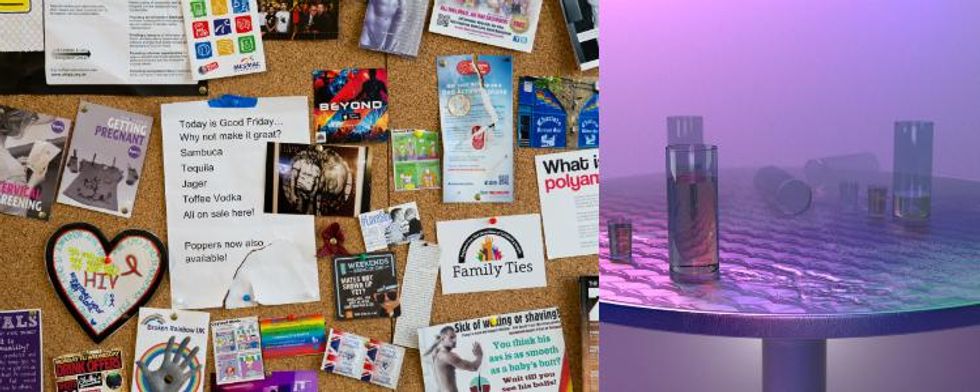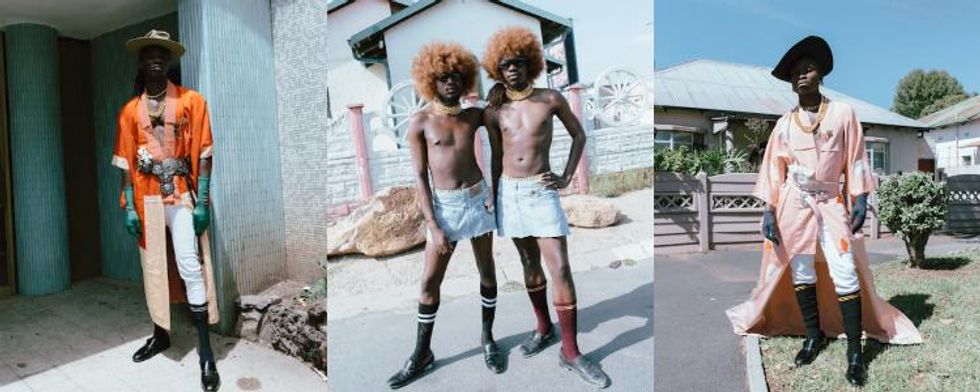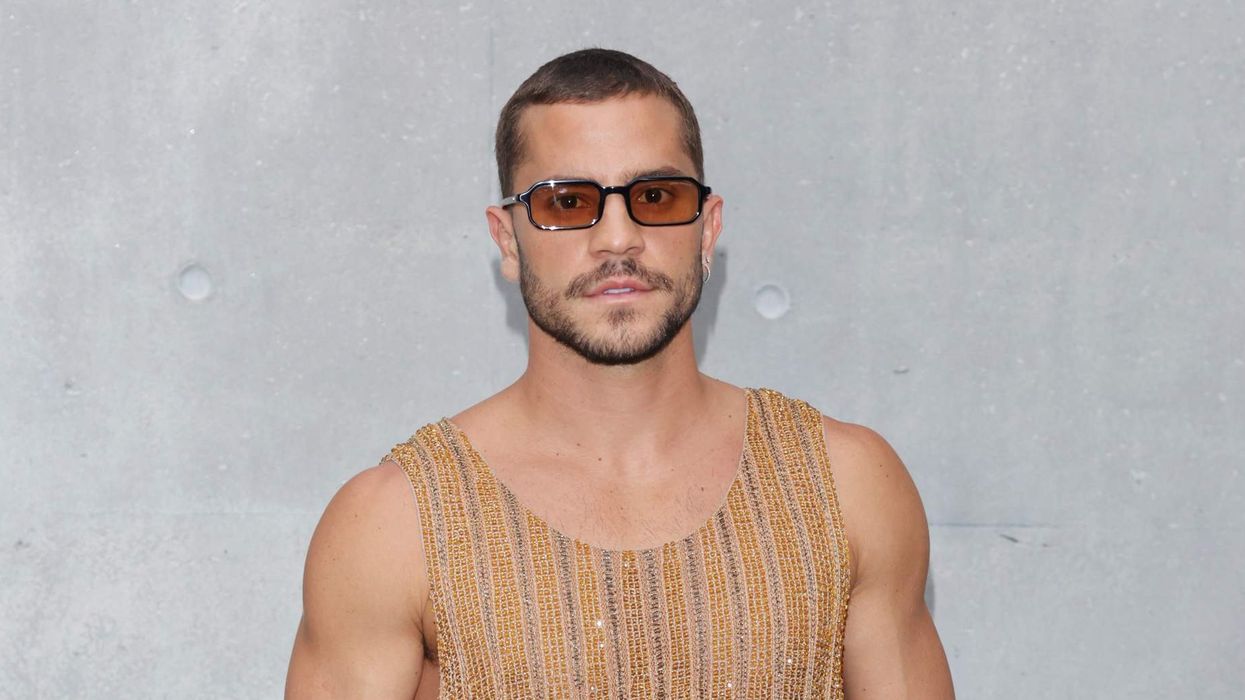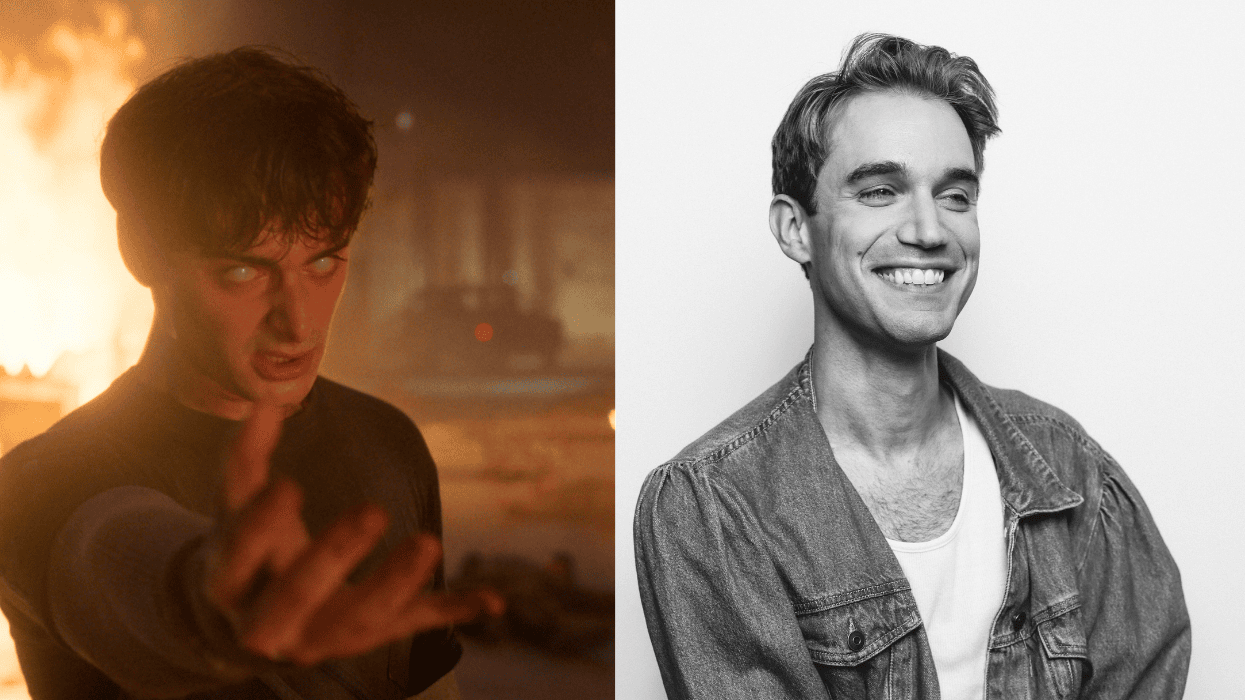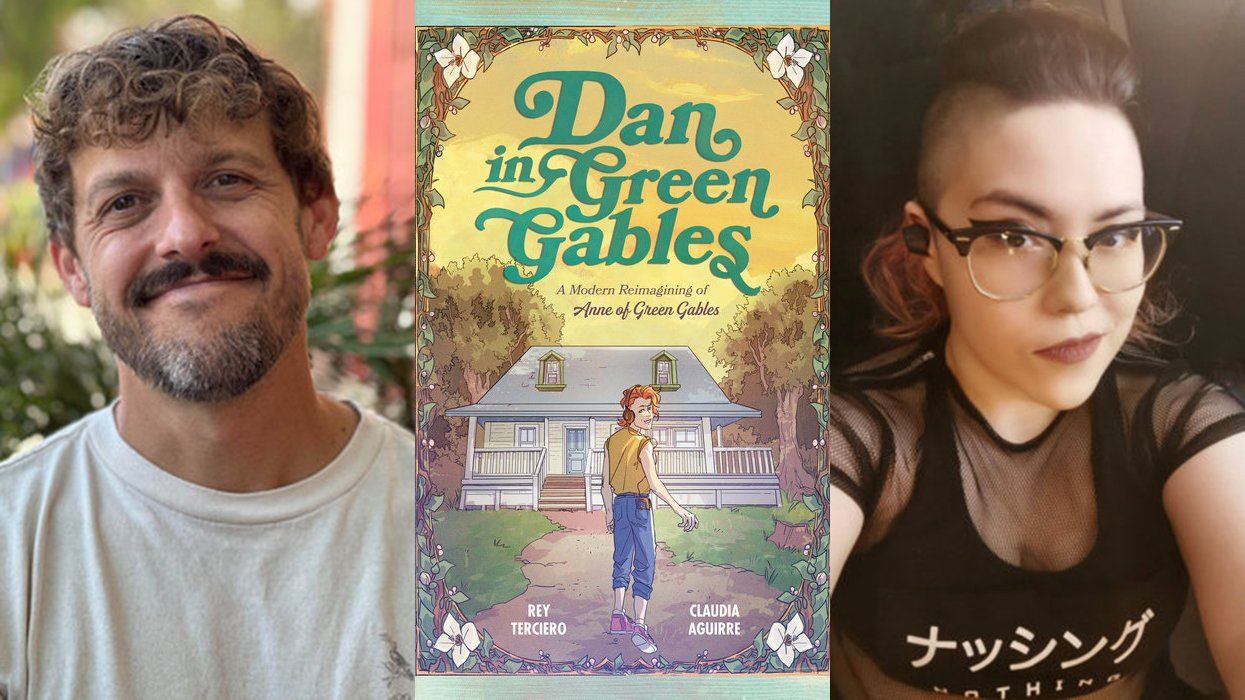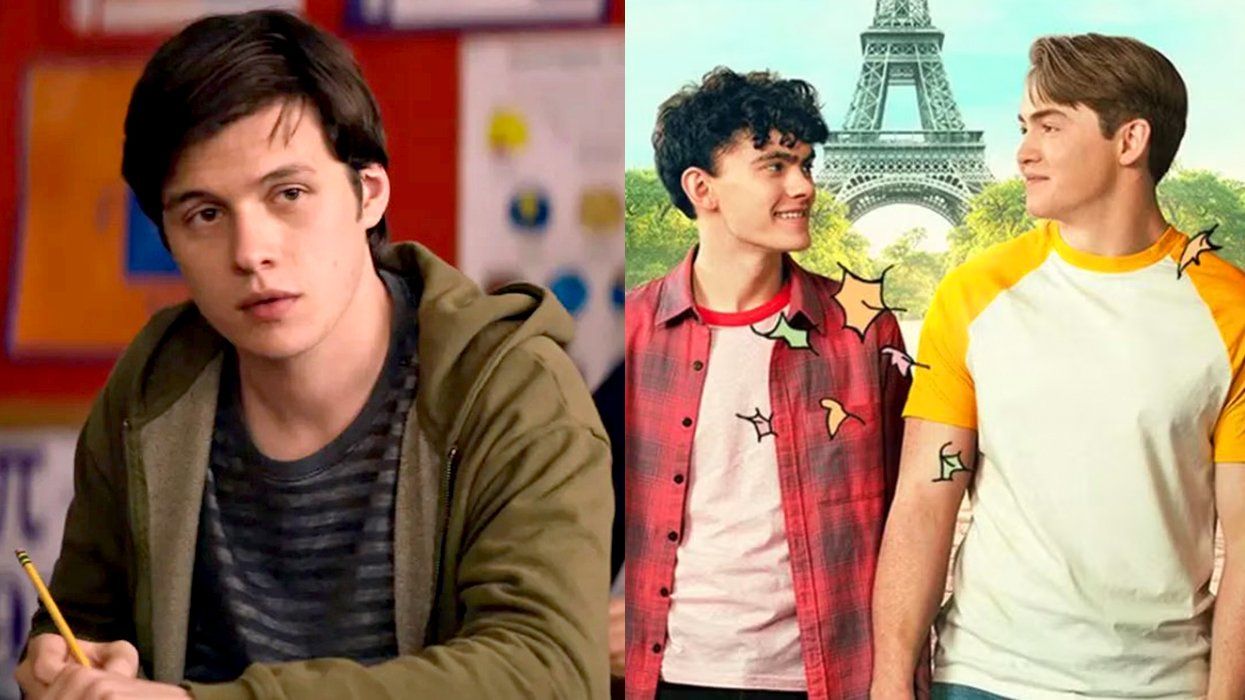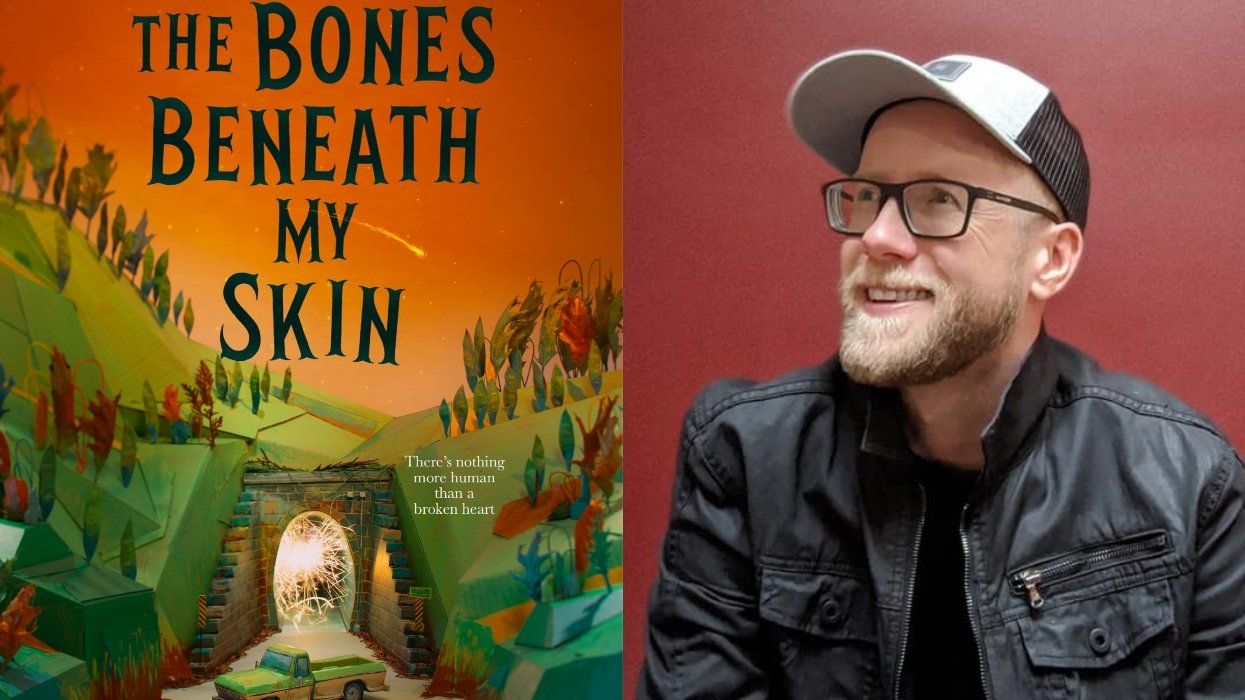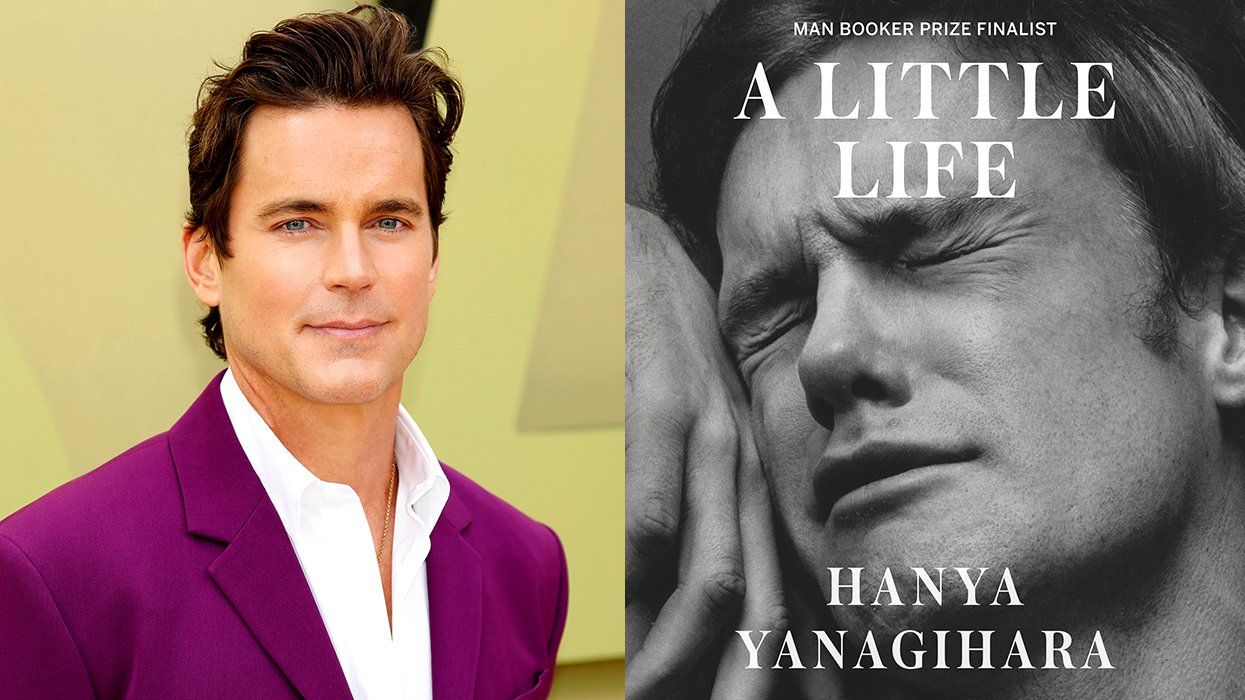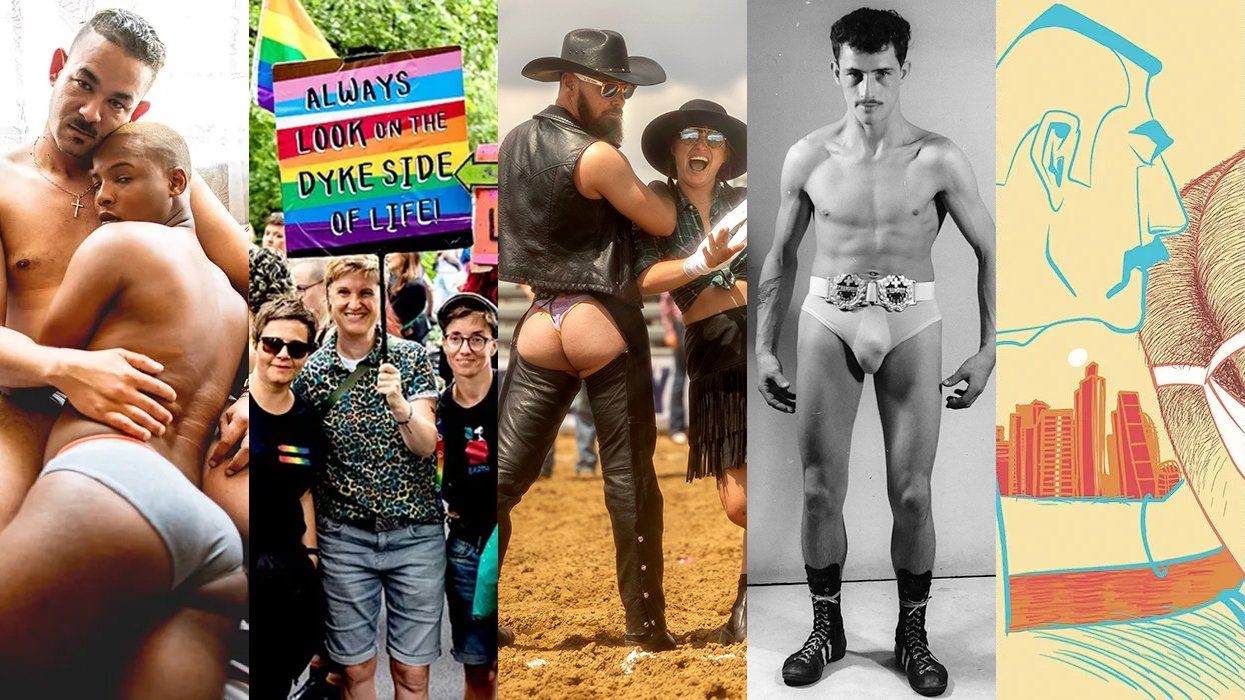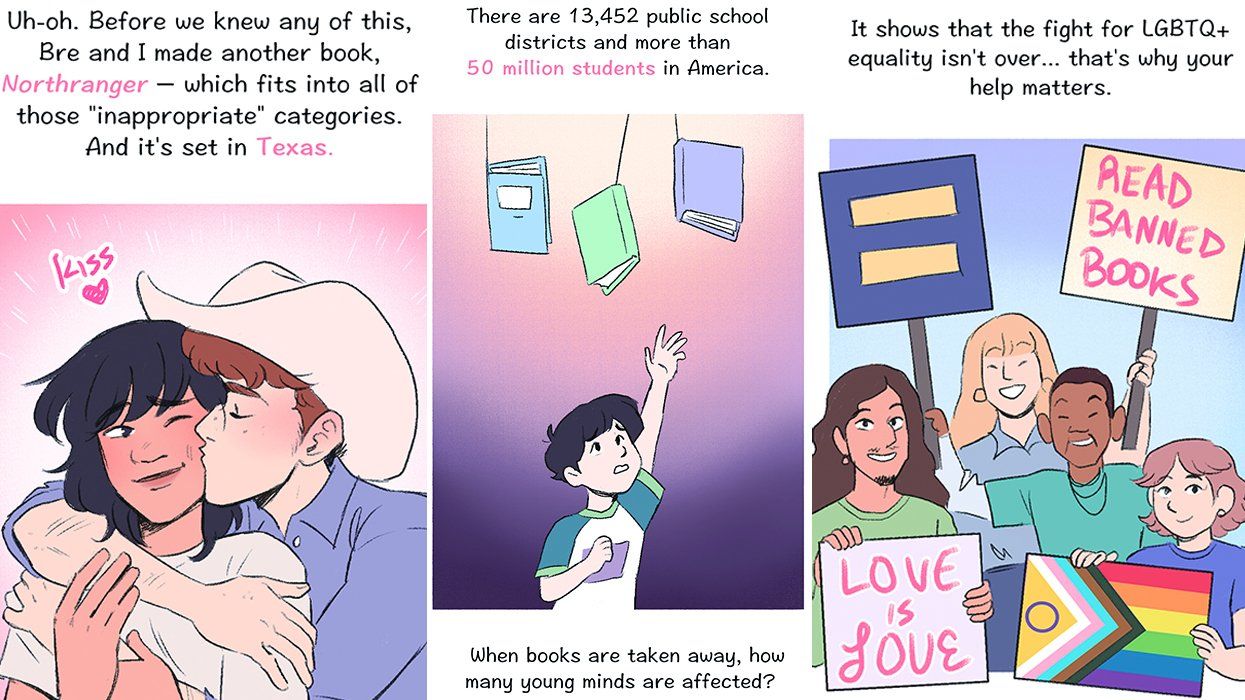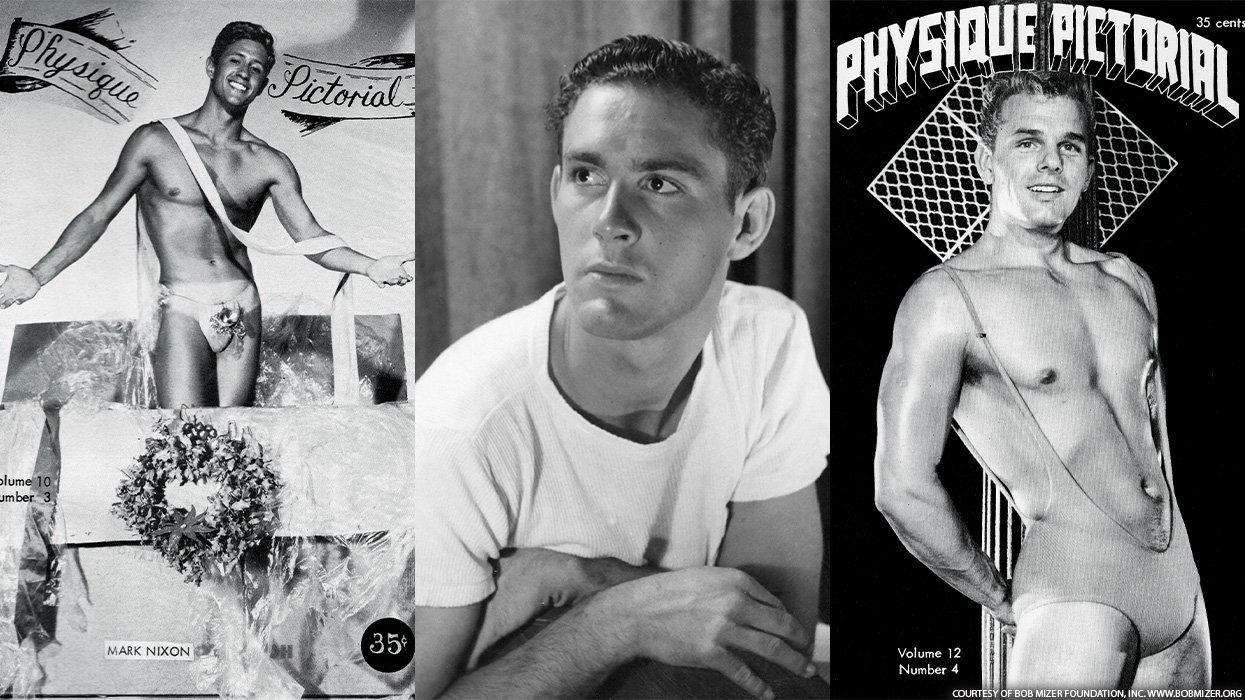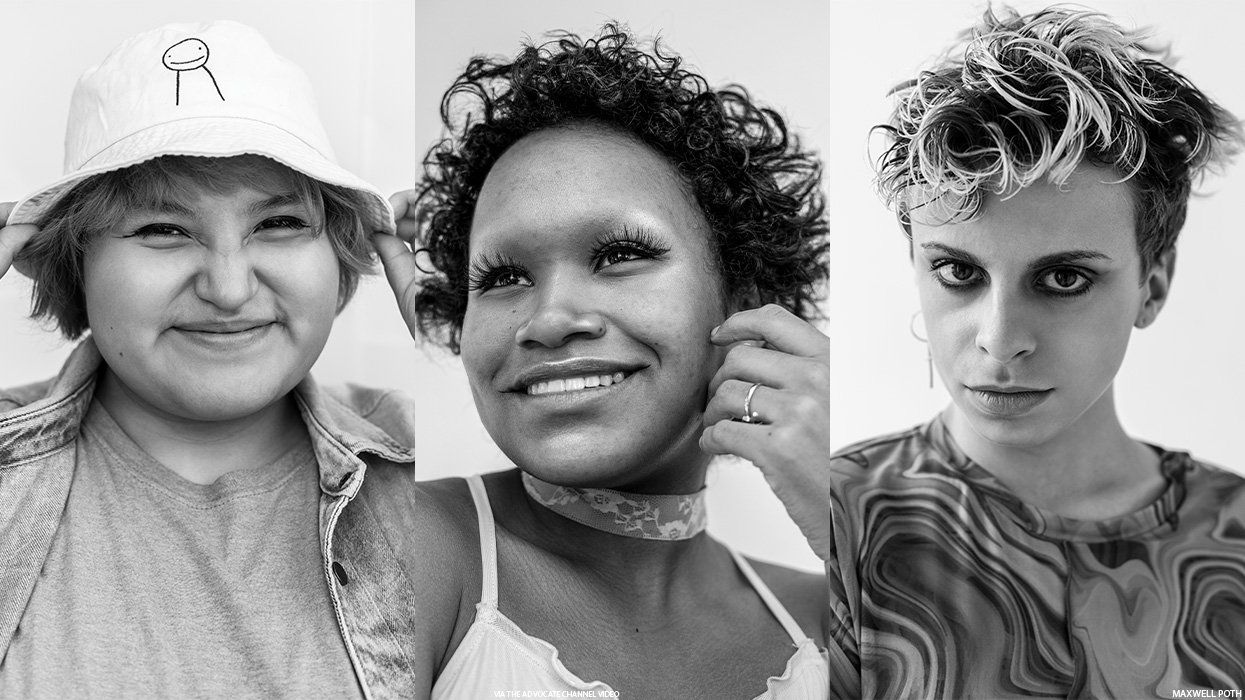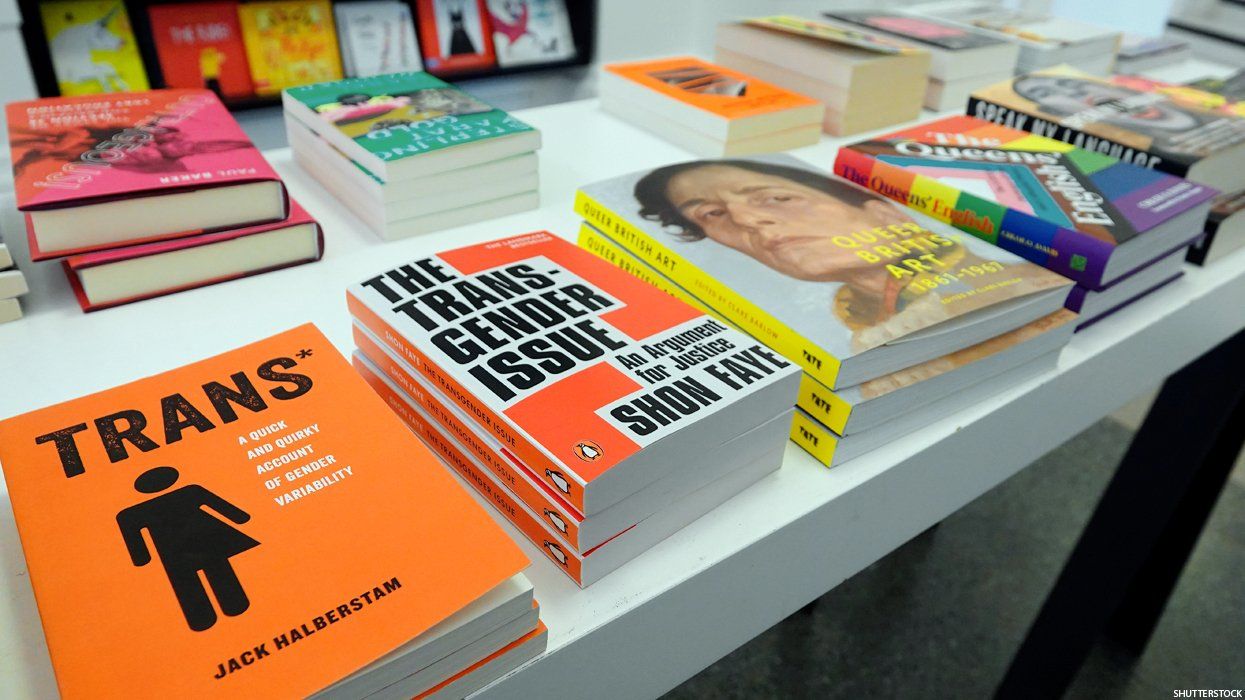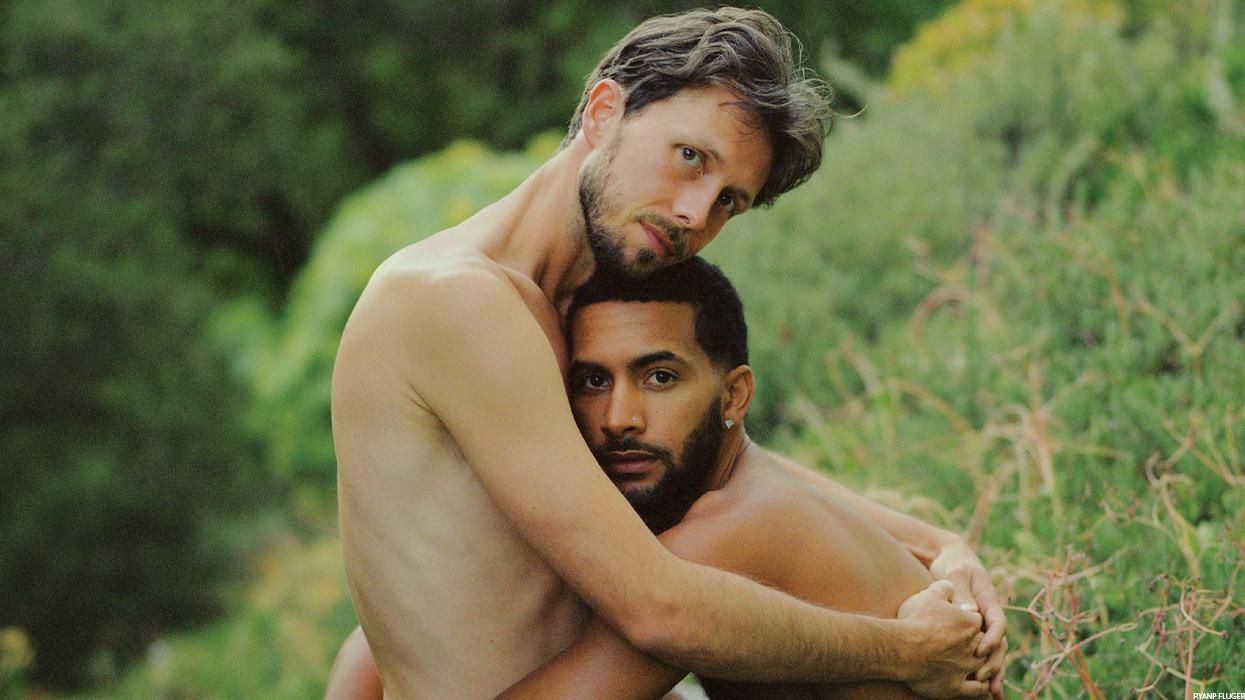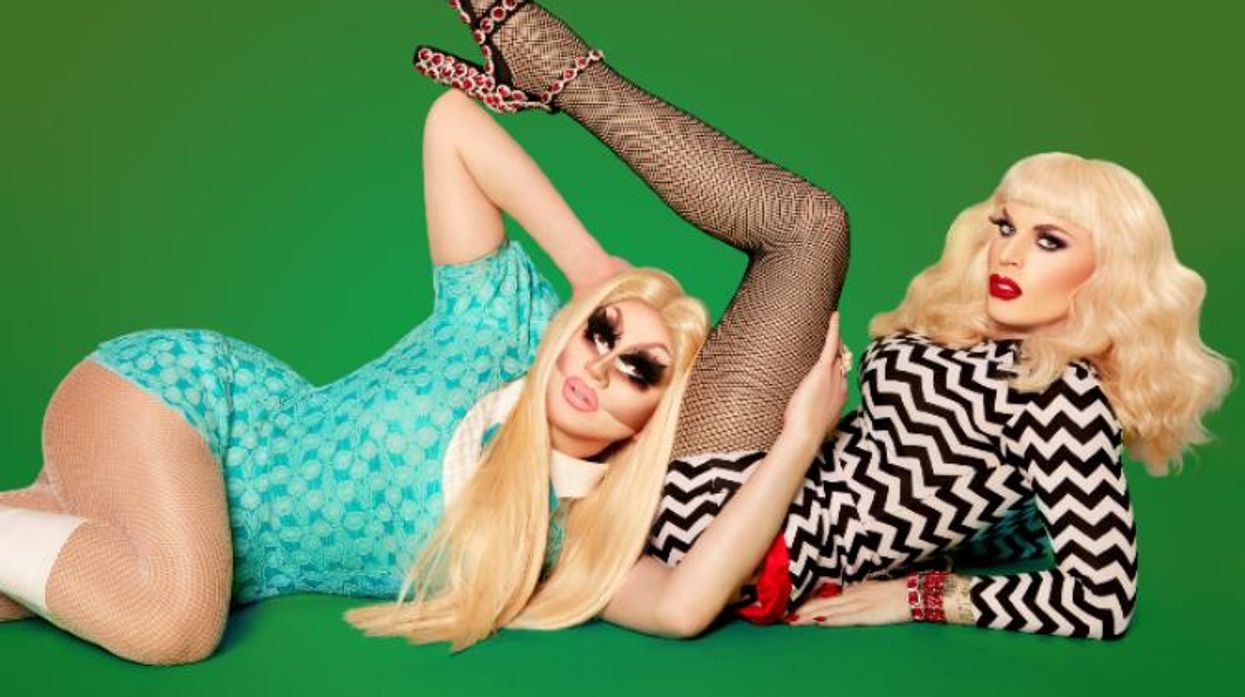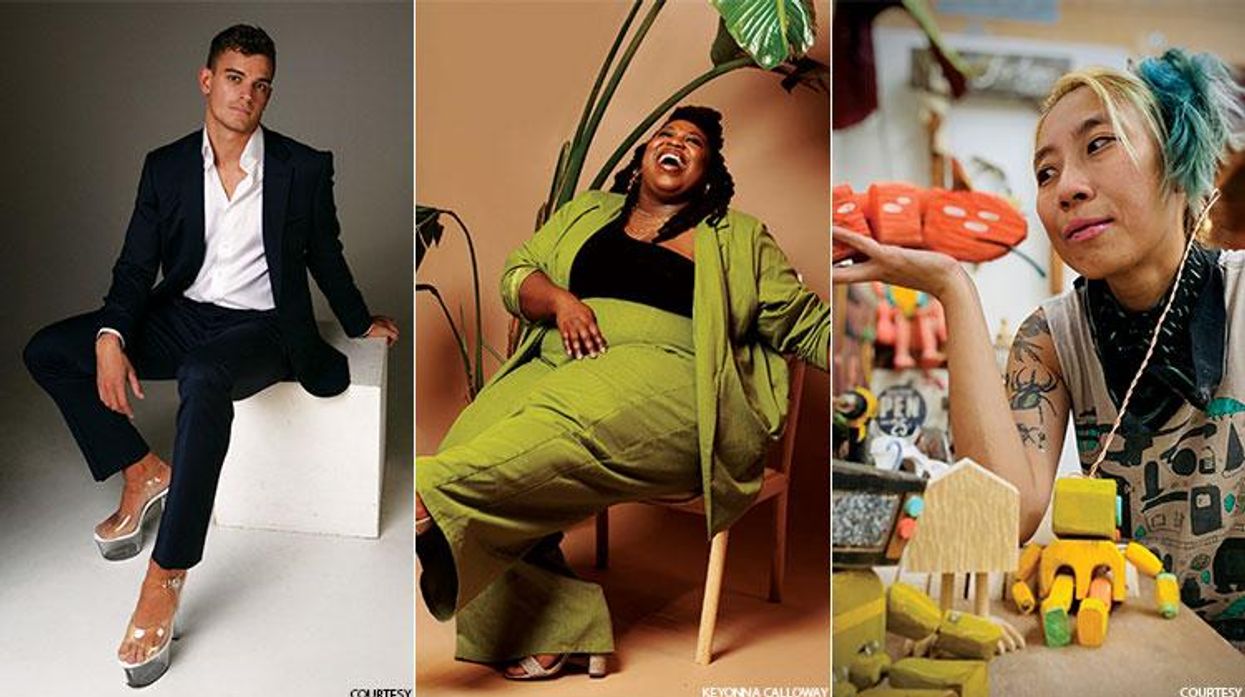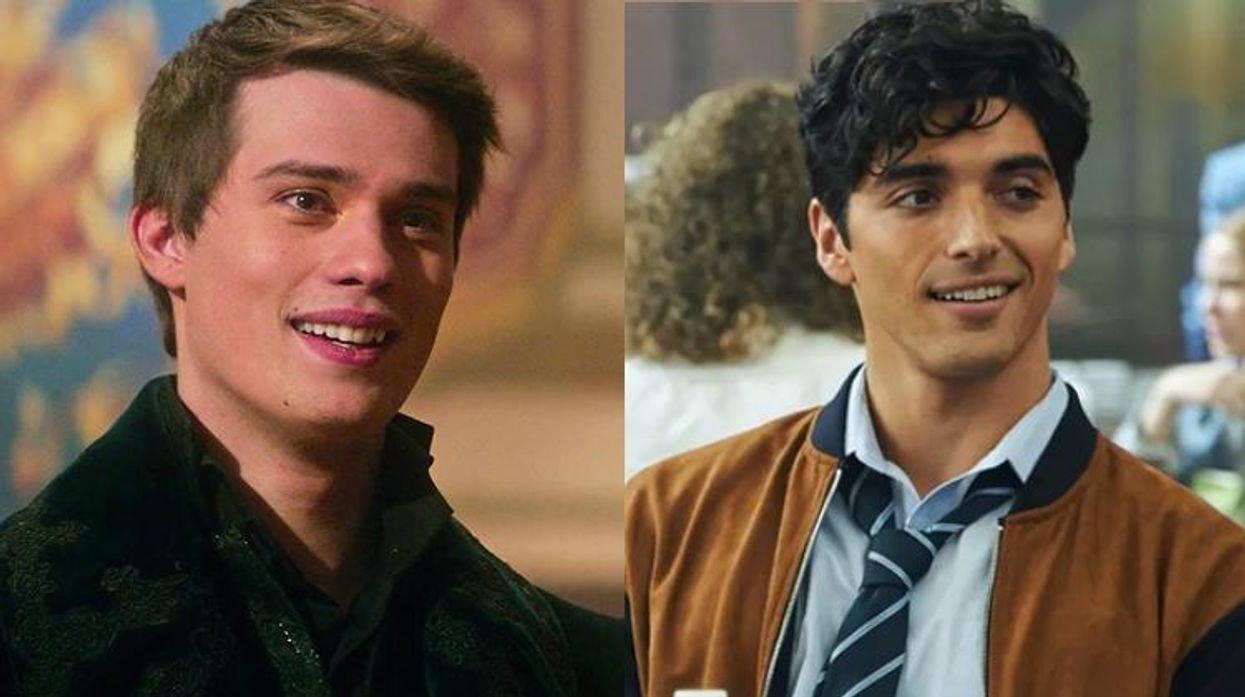Marking 500 years since the publication of Thomas More's seminal work, Utopia, Somerset House's year-long program UTOPIA 2016: A Year of Imagination and Possibility invites art savvy audiences to dream in the now and imagine a better world.
This series of exhibitions and special events, on view in London now, exposes the challenges facing modern culture, while opening a dialogue and a platform for positive thinking. Curated by Shonagh Marshall, the group exhibition "Utopian Voices Here and Now" brings together UK-based artists whose work explore contemporary social issues of body, race, sexuality, and gender.
Part of the exhibition, "UK Gay Bar Directory" is a multidisciplinary project created by Rosie Hastings and Hannah Quinlan. The idea grew out of the artists' frustration with the London gay bar scene and a reaction to the whitewashing, gentrification, and commercialization that threatens it.
Since graduating in 2014, the duo has confronted the notion of the "gay bar" spatially, politically, and aesthetically by re-creating and memorializing these spaces. In the wake of the Orlando shooting and the steady disappearance of gay bars everywhere, this body of work feels essential.
Discreetly recording footage on GoPro cameras, Hastings and Quinlan visited 170 gay bars around the UK, archiving a landscape that is being destroyed on all fronts. Edited alongside carefully-curated music and natural soundscapes, the artists link the erosion of the gay bar scene to devastating effects of climate change, pairing the visuals with soundbites of icebergs melting and gushing monsoons. They revisit this link on the gallery walls, showing a rainbow Pride flag engulfed by waves and flames.
They have not captured these scenes with reverence or responsibility. Instead, Hastings and Quinlan present something much more powerful than a historical archive: a narrative that resists being sucked into the mainstream. Commenting on the white, male dominance of the UK gay scene, which is an issue that extends beyond the nightclub experience and #GayMediaSoWhite, the pair speaks about their footage as "a strategy for resisting assimilation by creating blueprints of alternate, queer spaces for future generations." The installation is set up in what resembles a LGBT community centre, the walls are hung with cork boards (pictured, above) scattered with ephemera showing a predominantly white male demographic.
Through their work, Hasting and Quinlan are calling for a more inclusive LGBT space, one that's cross-generational, racially diverse, and open to non-binary expressions of gender.
Presenting a series of large-scale prints as part of the same exhibition, Ibrahim Kamara and Kristin-Lee Moolman's "2026" (above) confronts the way modern societies police the expression of identity.
Focusing on the politics of male selfhood, their photographs are set in a utopian world ten years in the future. "'2026' is a perfect example of using clothing to consider how it can construct identity," Marshall says of the collaboration. "There is a movement, which Ibrahim and Kristin are part of, which has been referred to as 'New Africa.' Artists from Africa and its diaspora are creating a new aesthetic that explores multiple themes around belonging and identity."
Growing up in a war-torn Sierra Leone, Kamara, who now lives in London, explains how his work is laced with an "I don't give a fuck" attitude that often counteracts fashion and mainstream trends. His work has a powerful message in this series, and addresses the way in which popular culture delineates and politicizes black masculinity.
Shot in Kristin-Lee's native Johannesburg, the looks depicted in the show were constructed using reclaimed fabrics from skips and thrift shops, fabricating fictional characters. Staring straight down the lens, the subjects are grounded by a strong sense of self that allows them to play with culture-clashes and bring a new rhythm into being. Using Moolman's friends on the shoot, the artists meant "2026" as an African story told by an African woman.
Click here to see a preview of '2026'
Most of the works in Utopian Voices Here and Now are a call to for change, diversification, and the freedom of self-representation. Much like More's radical 16th century dream, these artists can tell us a lot about the cultural climate they are living in and reacting against. As utopians, they hold the present and the future before us in plain view.
For further information, visit SomersetHouse.org.uk



